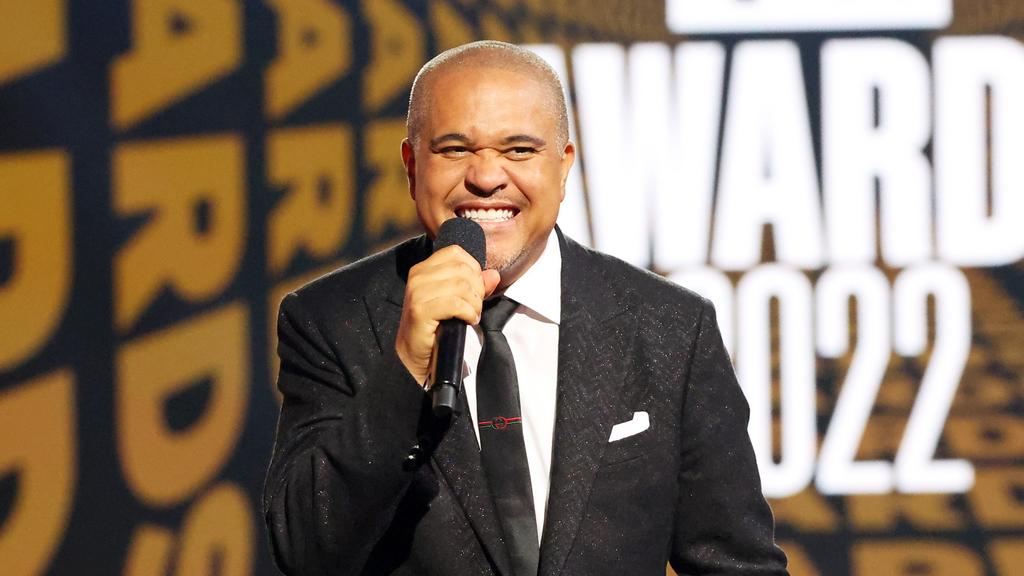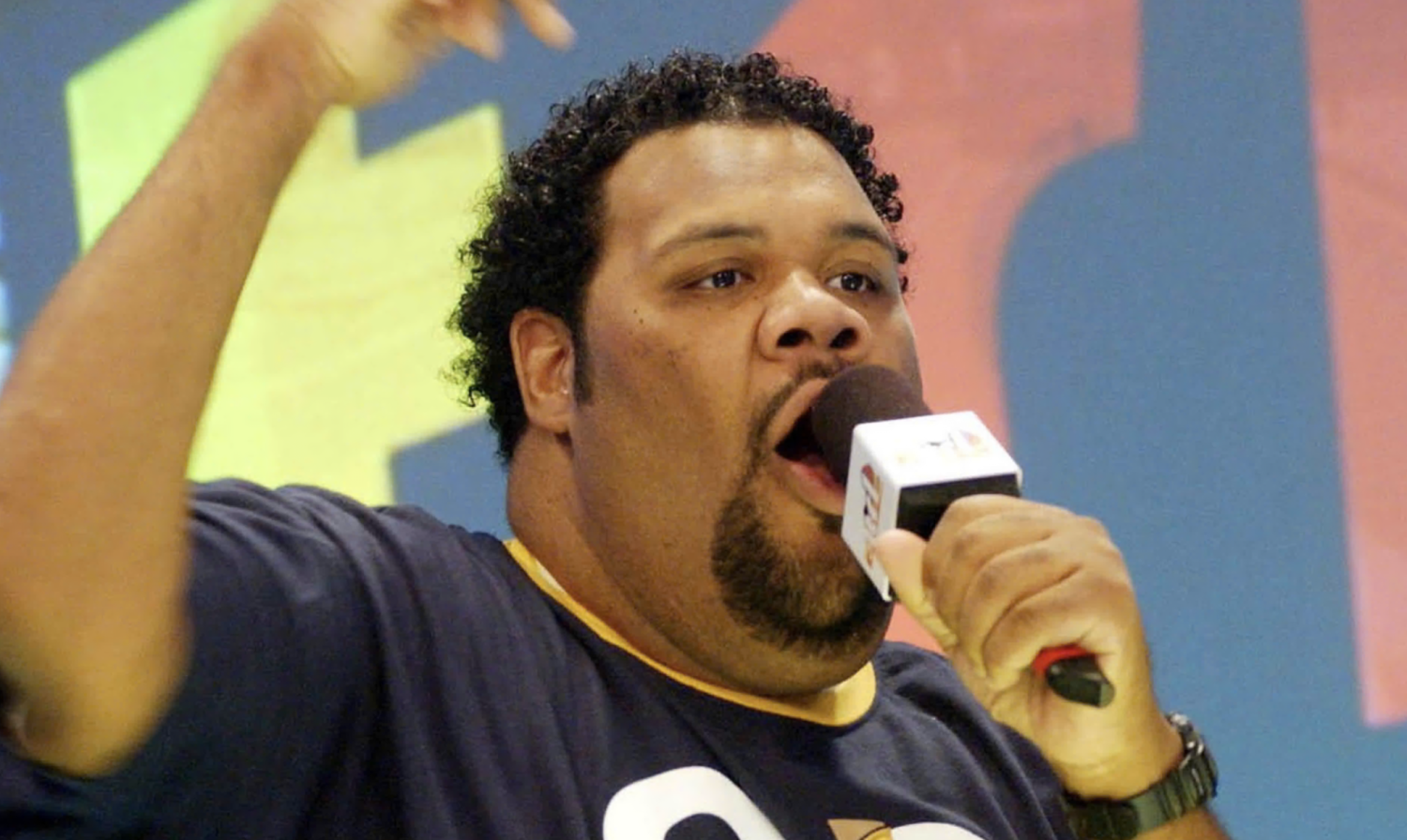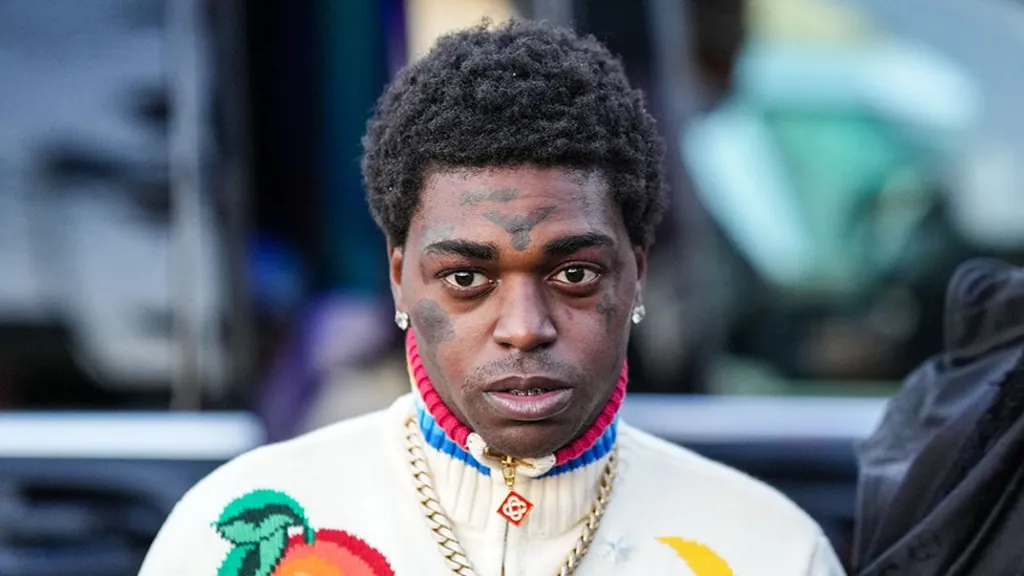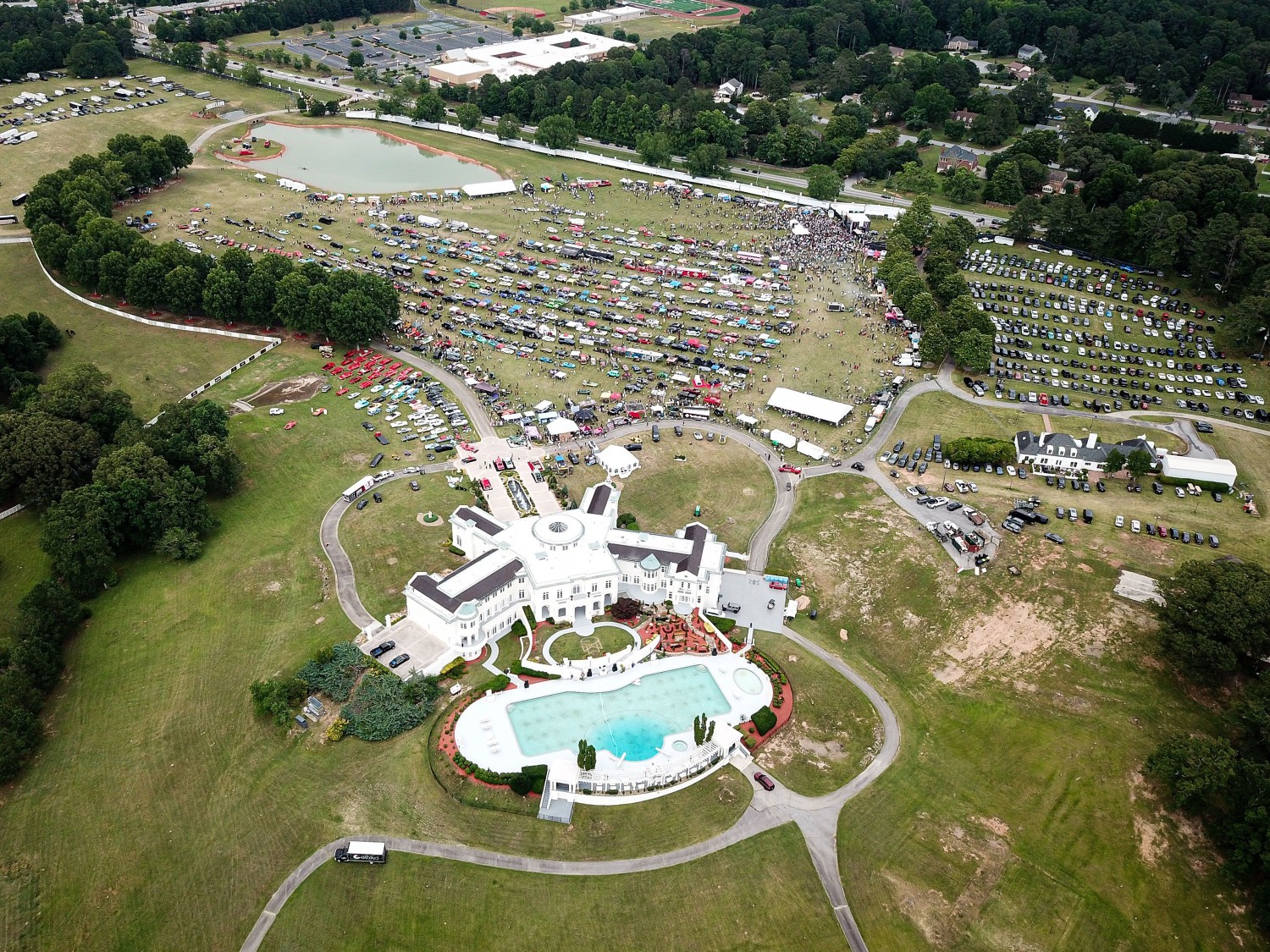
This article is more than
4 year oldElon Musk’s SpaceX launches astronauts on Crew-2 rocket to International Space Station
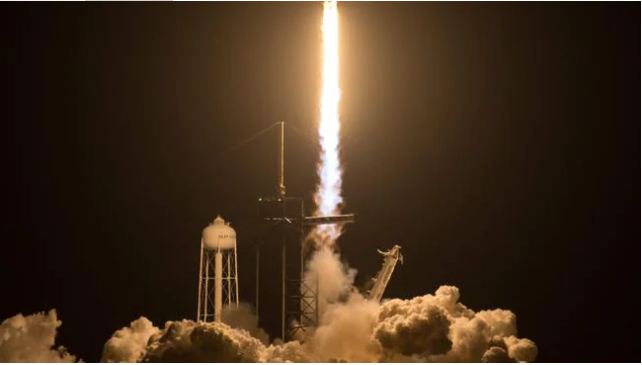
SpaceX launched its third crew to the International Space Station an hour before sunrise on Friday in Florida, recycling a rocket and spacecraft for the first time.
The Crew-2 mission, the first involving a European, blasted off from the Kennedy Space Center in Florida at 5.49am Eastern Time (7.49pm AEST).
“Endeavour launches once again — four astronauts from three countries on Crew-2, now making their way to the one and only International Space Station,” announcer Gary Jordan said to loud cheers and applause.
The Crew Dragon entered orbit a few minutes later and is racing to catch up with the ISS in around 23 and a half hours.

in Cape Canaveral, Florid, on Friday morning local time.
Picture: Joe Raedle/Getty ImagesSource:AFP

NASA astronauts Megan McArthur and Shane Kimbrough,
and Japan Aerospace Exploration Agency (JAXA) astronaut Akihiko Hoshide inside the capsule.
Picture: NASA TV / AFPSource:AFP
RELATED: NASA Perseverance Mars rover shares selfie from surface
Earlier, astronauts Thomas Pesquet of France, Americans Shane Kimbrough and Megan McArthur and Japan’s Akihiko Hoshide strode out in their suits to say goodbye to their families.
They then boarded three white Teslas for the launchpad, a new tradition established by SpaceX, whose owner Elon Musk also made an appearance.
The cars’ licence plates read “recycle”, “reuse”, and “reduce”, in a nod to the fact that both the Falcon 9 booster and Crew Dragon capsule were deployed on previous missions. Flying on reused vehicles has been a key cost-saving goal of NASA’s partnerships with private industry.
The day before, Mr Pesquet tweeted a photo of the space quartet lounging on the beach before their voyage.

“Our friends on the @Space_Station are expecting us to show up and we don’t want to be late. They even installed my bedroom recently and literally made my bed. Such nice hosts!” he added.
The extra “bed” is necessary to accommodate an unusually large number of people aboard the ISS: 11 in total, as the Crew-2 team overlaps for a few days with Crew-1 astronauts, in addition to three Russian cosmonauts.
It is the third time SpaceX will send humans to the ISS as part of its multibillion dollar contract with NASA under the Commercial Crew Program.
The first mission launched last May and ended nine years of American reliance on Russian rockets for rides to the ISS following the end of the Space Shuttle program.


Picture: Gregg Newton / AFP)Source:AFP
“In terms of getting the operations ready, it’s always easier the third time you do it,” Daniel Forrestel, a NASA launch integration manager, told AFP.
“I would never ever want to describe spaceflight as ‘routine,’ but ‘more familiar’ is a good way to put it,” he added.
One big step for Europe
Ahead of the launch, European Space Agency (ESA) astronaut Andreas Mogensen of Denmark told AFP the mission was also a major step forward for Europe, which has dubbed it “Alpha” after its own naming convention.
“On the one hand, it means a lot of course to have an astronaut going to the International Space Station — but at the same time it’s also the next mission in a long line of missions,” he said.
Germany’s Matthias Maurer will be the next European on a SpaceX mission in the northern hemisphere autumn, followed by Italy’s Samantha Cristoforetti next spring.

to catch up with the International Space Station within 24 hours.
Picture: Joe Raedle/Getty Images/AFPSource:AFP

Picture: NASA TV / AFPSource:AFP
RELATED: Space weather ‘contributed to Titanic disaster’
ESA will also be a key partner to the United States in the Artemis program to return to the Moon, providing the power and propulsion component for the Orion spacecraft, and critical elements of a planned lunar orbital station called Gateway.
Mr Mogensen predicted that in the hours leading up to the launch, Mr Pesquet, who is a close friend of his, would be feeling a “sense of relief” to finally start the mission after years of planning.
“You’re very focused on what’s going to happen, on your tasks at hand,” he said. The Crew-2 team has around 100 experiments in the diary during their six-month mission.
These include research into what are known as “tissue chips” — small models of human organs that are made up of different types of cells and used to study things like ageing in the immune system, kidney function and muscle loss.
Another important element of the mission is upgrading the station’s solar power system by installing new compact panels that roll open like a huge yoga mat.
After launch, the Falcon 9 rocket will return to Earth for an upright vertical landing on a drone ship, and the Crew Dragon capsule is scheduled to dock with the ISS at 5.10am (7.10pm AEST) on Saturday, with hatch opening two hours later.
Mr Pesquet and Mr Hoshide have said they plan to liven things up by sharing their national cuisine with crewmates.
The Frenchman’s last meal prior to launch: roast chicken and mashed potatoes, a cheese and baguette platter, and ice cream for dessert.

